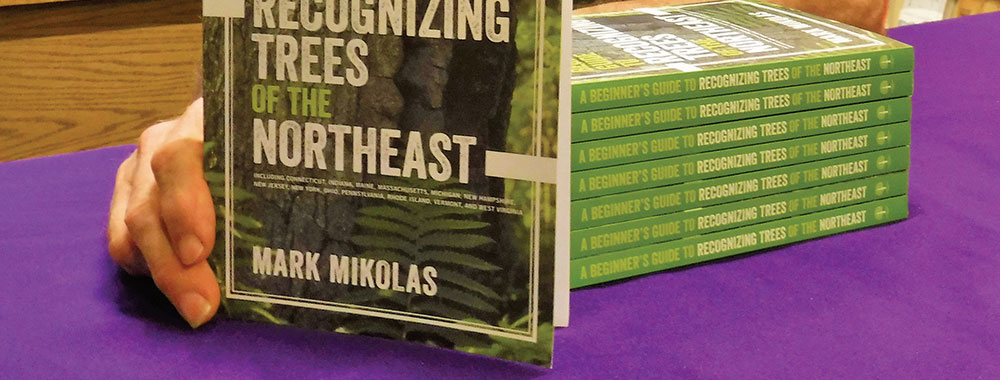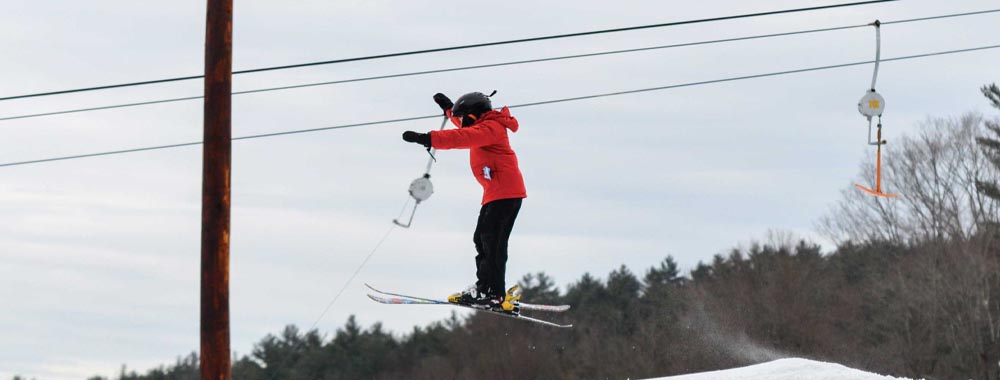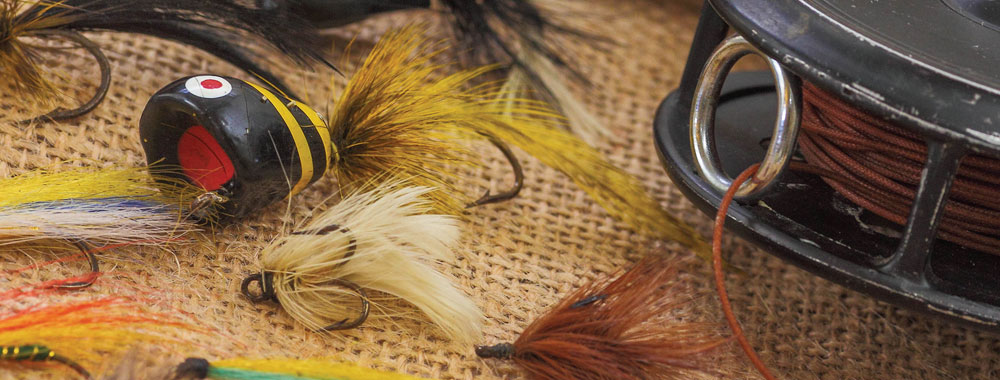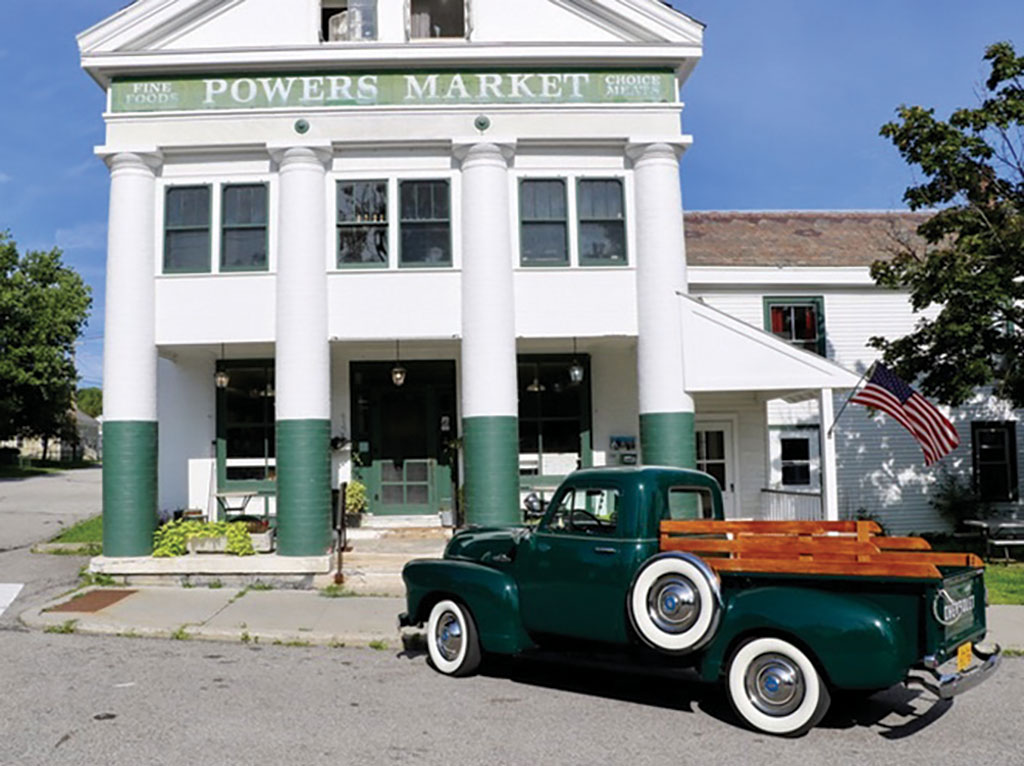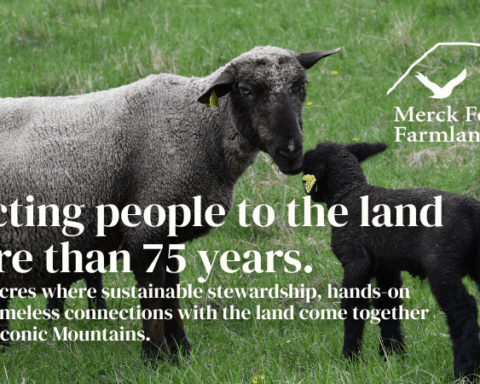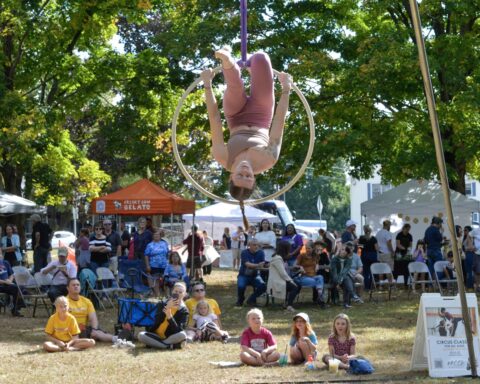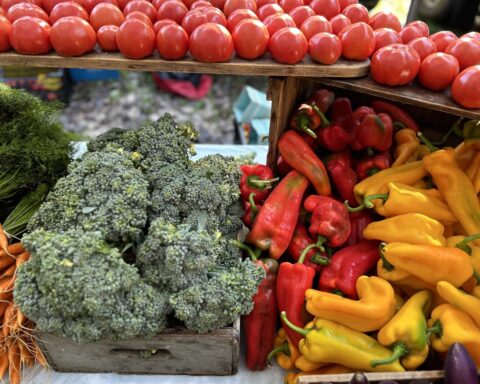Mark Mikolas keeps it simple in ‘A Beginner’s Guide to Recognizing Trees of the Northeast’

By Kevin O’Connor
Vermonter Mark Mikolas says his interest in trees sprouted early.
His ability to identify them is another story.
The Brattleboro writer would pick up a tree book, only to wonder as he tried to match what he saw in print with what he saw in person. How, for example, is one helped by a picture of the top of a leaf when you’re on the ground looking up at its flip side? Or illustrations of fruit, nuts and flowers when they’ve fallen off for the season? Or specifics like bud scars when you’re far away or overall shape when you’re too close?
“I was never satisfied by any guide,” he said. “They left me confused.”
Mikolas wished he had the instincts of farmers and foresters.
“I noticed they could just glance at a tree and recognize it.”
And so Mikolas researched and wrote his own book, “A Beginner’s Guide to Recognizing Trees of the Northeast,” recently released by the Vermont-founded Countryman Press, an imprint of New York publishing powerhouse W.W. Norton & Company.
“Why does the world need another tree guide?” he writes in the 208-page paperback’s introduction. “Those who would like to be able to recognize more trees need an easy resource to begin learning about them.”
Mikolas says the world has an estimated 3 trillion trees.
“They surround us everywhere, but although we learn the names of all the animals very early in life, nowhere in our culture do we generally assimilate the names of trees.”
Although the author appreciates the U.S. Forest Service’s “Checklist of United States Trees,” he notes that it lists more than 150 oaks alone. That made him think of a quote credited to Albert Einstein: “Make things as simple as possible, but not simpler.”
Mikolas began by restricting his book’s scope to the Northeast region designated by the World Geographical Scheme for Recording Plant Distributions — from Maine to as far south as West Virginia and as far west as Indiana and Michigan.
Then he determined the dozen species of deciduous trees (those that lose their leaves in the winter) that comprise 95 percent of that category, and the eight conifers (those with cones and needles) that represent nearly 100 percent of that type.
“Many guide authors like to show off their academic prowess,” he said. “There’s no point in trying to discuss every tree that grows here. I started with the ones that are the most common. If you learn those 20, you’ll be able to recognize most of the trees you will encounter in the Northeast.”
For deciduous trees, Mikolas begins with the most prevalent, red maples (“there is something red about red maple year round — red twigs, red buds, red flowers, and, in the fall, red leaves,” he writes in the guide) before moving on to others like ash (“diamond-shaped furrowed bark”) beech (“leaves stay on all winter”) and black cherry (“looks as if burnt potato chips have been pasted all over it”).
Conifers, for their part, range from pine (“white pine has five needles, pitch pine has three needles, red pine has two needles”) to fir and spruce (“roll the needles between your fingers — spruce is spikey, fir is friendly”).
Mikolas shot 8,000 color photos before choosing 400 for his book.
“What’s the minimum number of elements you need to observe to determine a tree?” he kept thinking. “I boiled it down to the key elements to make it easy.”
Attend one of the author’s public talks and he may demonstrate with a PowerPoint presentation. Take the tree seemingly wrapped in peeling paper.
“Shagbark hickory!” several people exclaimed at one program.
“You only need one feature,” Mikolas nodded, “to recognize a tree.”
That said, the author is a font of facts (“you can’t judge a tree’s age by its diameter,” he offers in one aside) and curious about most everything. He recalls a conversation he had when his son was in first grade.
“Dad, how does a chicken breathe when it’s still inside the egg?” the boy asked.
“I don’t know,” the father replied, “but I’ll find out.”
That drive has led to a writing career for such publications as the Old Farmer’s Almanac and Mother Earth News, as well as contracts to create the Appalachian Mountain Club’s “Nature Walks in Southern Vermont” and now “A Beginner’s Guide to Recognizing Trees of the Northeast.”
“I wrote a proposal letter,” he says of his latest book, “and the first sentence was, ‘Every person I’ve told the title of this book has responded by saying, ‘I need that book!’”
His editors agreed.
“It was not a hard sell at all,” Mikolas said. “Interest has been very strong, affirming my belief that people would really like to get to know more about trees.”
